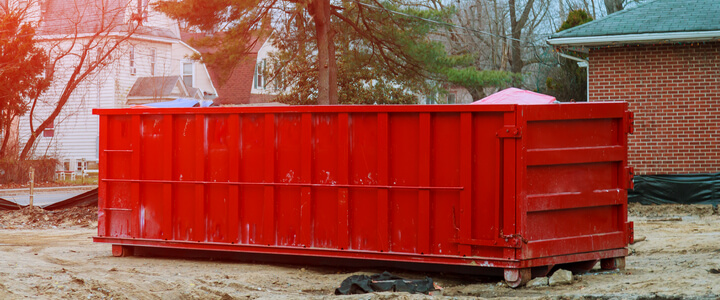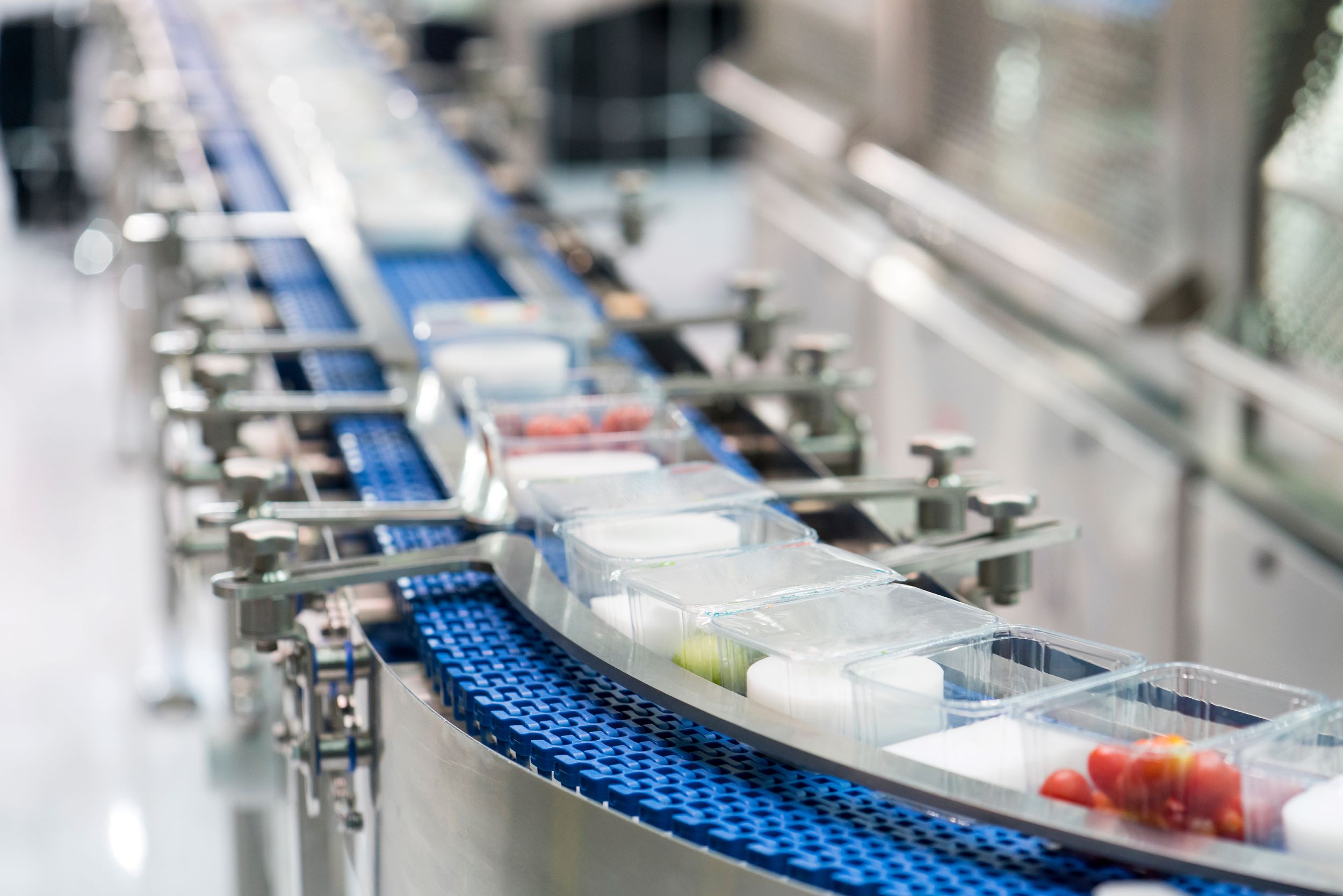Reducing Your Carbon Footprint in the Kitchen: 7 Ideas
If you’ve been sharpening your cooking skills during quarantine, you’re already on the right track to reduce your carbon footprint. After all, making your own meals at home is much more eco-friendly than frequenting restaurants and ordering take-out.
However, if you’re looking for more specific ways to minimize your impact on the planet, you might focus on incorporating the following habits into your meal prep routine.
1. Buy Local Ingredients
Cooking a home means you have the freedom to choose where your ingredients come from. And, if you want to be more earth-conscious, your food should come from local farms and gardens.
Buying locally supports small, family-owned businesses and ensures your food is fresh. Plus, you’ll effectively cut down on food miles, which account for 5% of your average annual food emissions. Grow your own garden and visit a farmer’s market to lessen your impact even further.
2. Pass On Packaging
Purchasing locally-grown produce will also cut down on food packaging waste. Many items you’ll find at the grocery store feature single-use paper or plastic packaging, which rarely ends up in the recycling bin. Instead, it’ll find its way into landfills and litter both land and marine environments.
Buy food in bulk, bring reusable bags to the grocery store and purchase whole foods whenever possible to reduce waste. Recycle and repurpose packaging products like bags, tins and wrapping paper, too.
3. Nix the Meat
While meat and dairy provide just 18% of global calories, they use 83% of all farmland and account for 60% of agricultural greenhouse gas emissions. While many people would like to blame industrialized meat production for this imbalance, consumer demand for animal products is the true culprit. Subsequently, many people are transitioning to a vegetarian or vegan lifestyle.
Substitute seafood or plant proteins for meat and look for imitation meats that mimic the taste of burgers, bacon, sausage and other products. Tofu, beans, nutritional yeast, seeds and certain breads will provide protein as well and help you more easily transition to a meat-free lifestyle.
4. Grill Out
Depending on what you’re cooking, grilling out can be an eco-friendly alternative to making meals over a gas or electric stove. While cookouts do involve burning coal or wood, grills can often accommodate more food, which means you’ll likely use less energy overall.
Pellet smokers may emit even fewer carbon emissions. Since one pound of pellets will burn for about an hour, you’ll likely only need one pack to cook dinner, which is more efficient than slow-roasting something in your oven all day.
5. Green Your Appliances
If you don’t want to green your diet or your cooking methods, try replacing old appliances with energy-efficient ones. Swap your dusty fridge for an Energy Star-qualified one to instantly save 15% more electricity. Models with top-mounted freezers could even use up to 25% less energy.
While you’re at it, install low-flow faucets, showerheads and toilets to conserve water. You can even switch out incandescent light bulbs for LED ones if you haven’t done so already. Ultimately, the most sustainable option is to use renewable energy. However, energy-efficient kitchen appliances are a good place to start.
6. Go Reusable
Do you stock your kitchen with single-use items? Whether you buy paper plates or plastic cutlery, non-reusable bags, containers and even paper towels can take a huge toll on the environment. Not only do most of these items take hundreds of years to decompose, but they also emit carbon dioxide, bisphenol A, PS oligomer and other toxic chemicals into the air and water.
Making the switch to reusable Tupperware, plastic wrap and even paper towels can keep single-use items out of landfills and reduce your carbon footprint in the process. Invest in beeswax food wraps, zero waste paperless kitchen towels and flexible silicone containers, too. While they may cost a bit more than Ziploc bags, they’ll save you money in the long run.
7. Start Composting
If you’re interested in sustainability, odds are you’ve heard of composting. This process involves saving biodegradable food scraps and turning them into soil. Placing this organic material in your garden or flowerbeds can effectively promote plants’ carbon dioxide uptake, thereby offsetting carbon emissions. The process also makes vegetation more resilient to the effects of global warming.
Store rotten fruits, veggies, coffee grounds, eggshells and tea bags in a compost bin and rotate the pile to aerate it and accelerate the decomposition process. Add yard clippings, leaves and other organic matter, too. Eventually, your pile of scraps will turn into fluffy soil which you can then use to fertilize your garden.
Shrinking Your Footprint for Good
Altering what you prepare for dinner and how you source, prepare, store and dispose of it can dramatically reduce your carbon footprint. However, these changes must be sustainable long-term to truly make a difference. Therefore, it’s best to start small and take just a few steps at a time. Eventually, your green habits will build upon one another until you don’t have to think twice about choosing whatever benefits the planet.


















